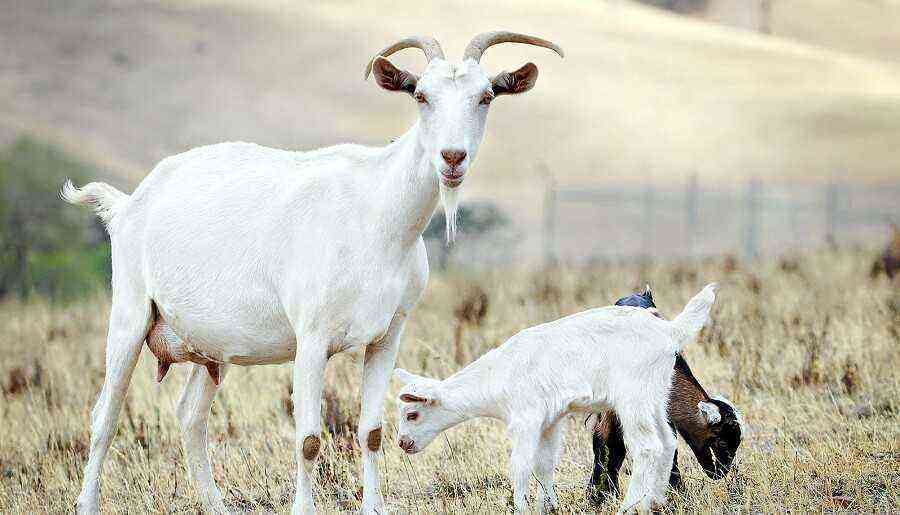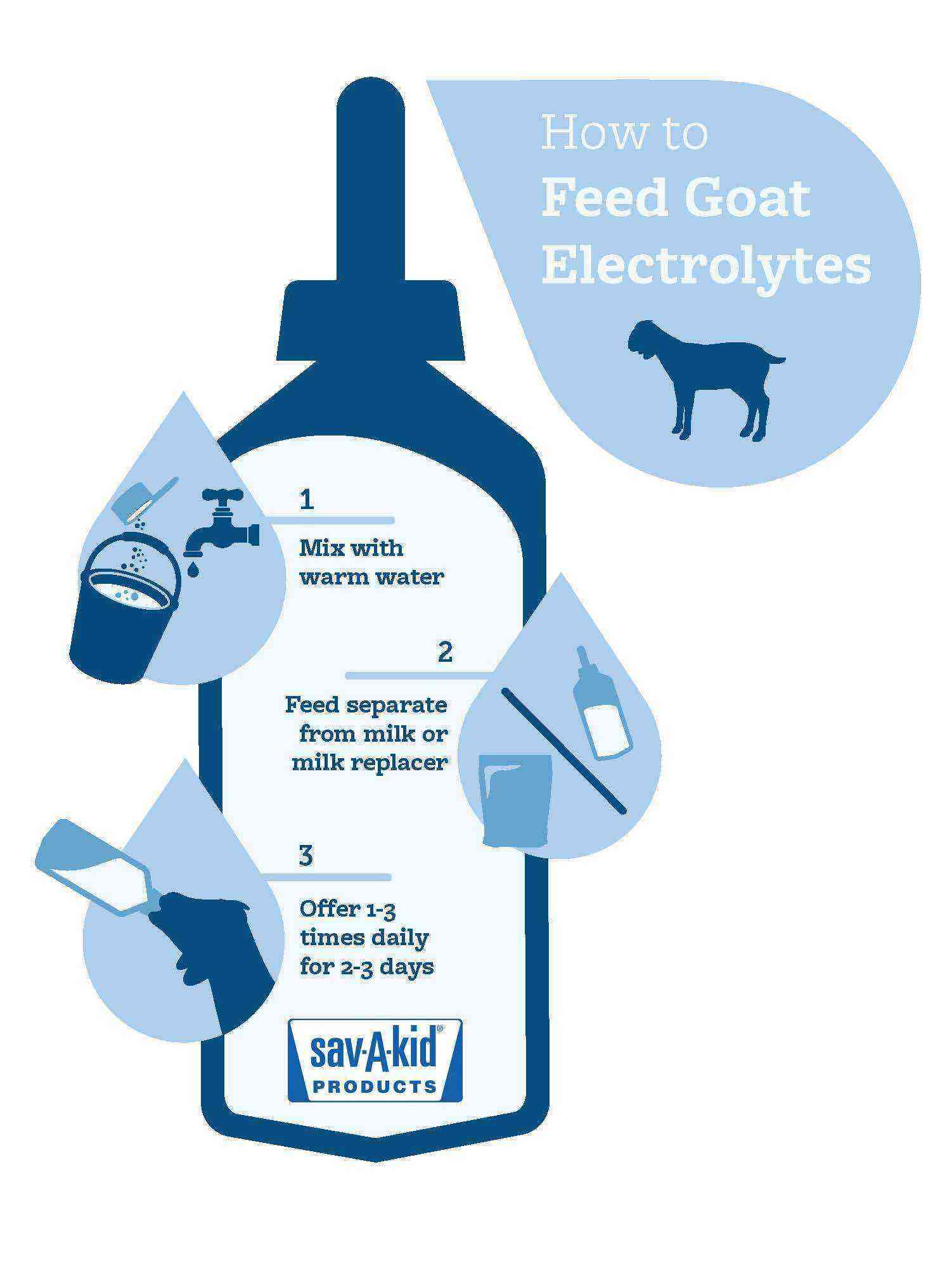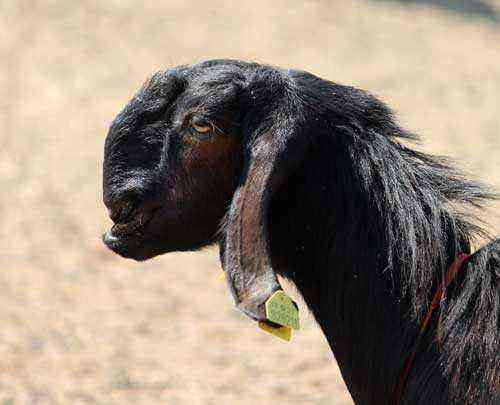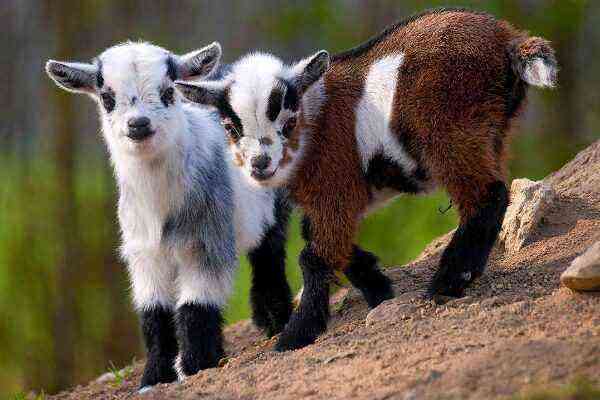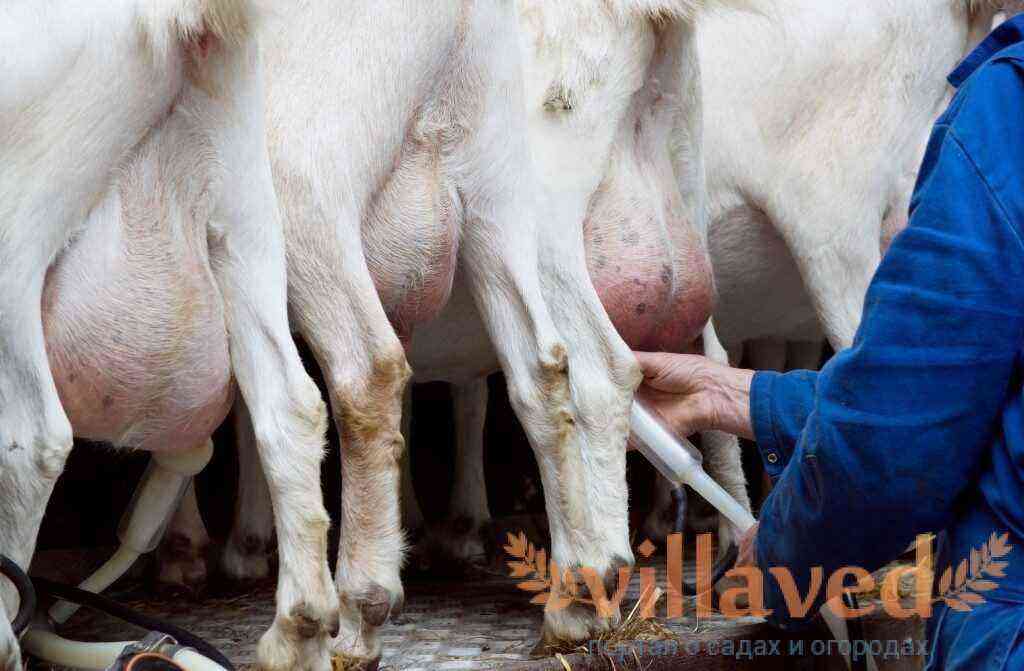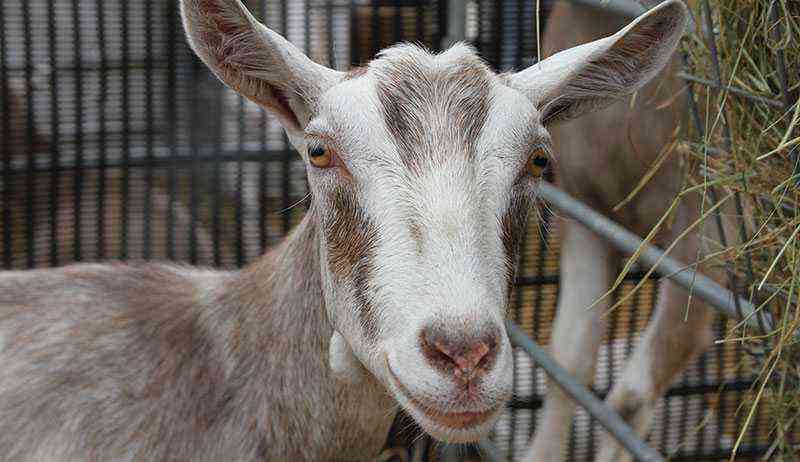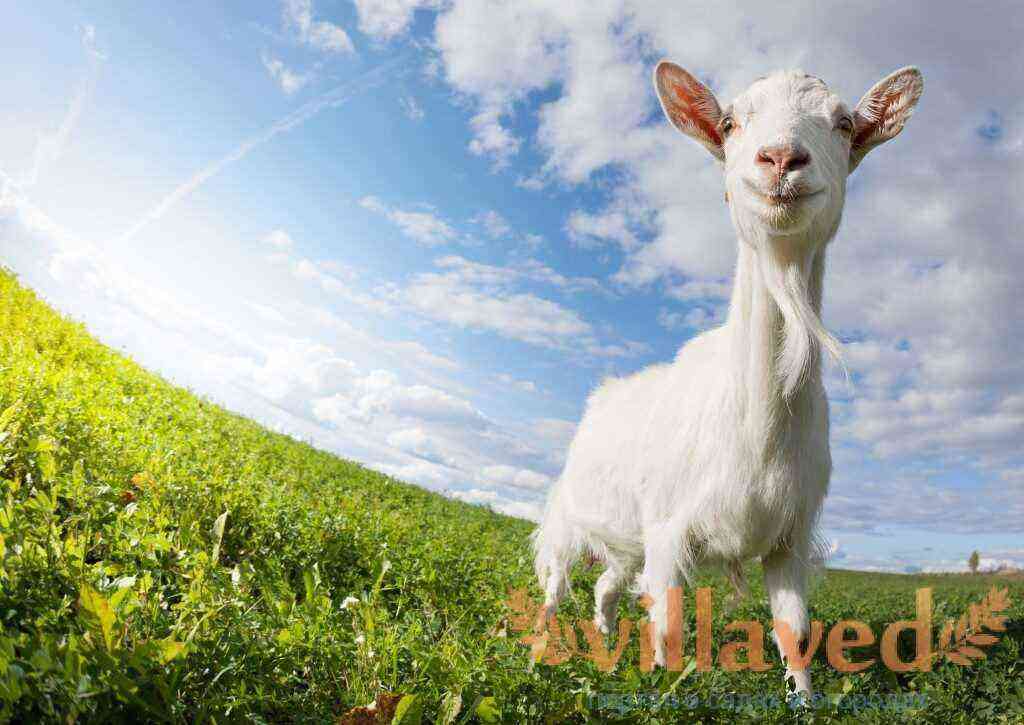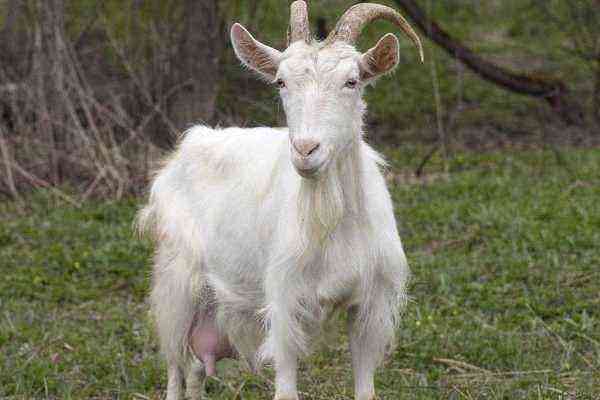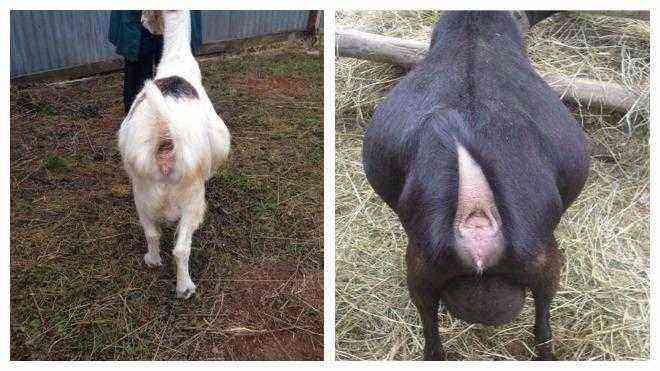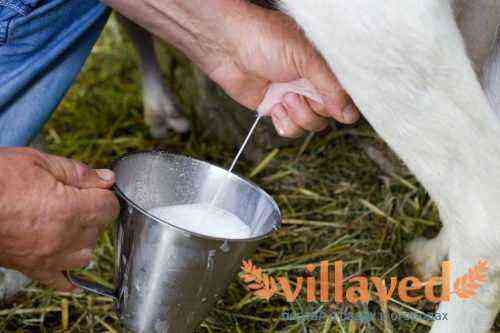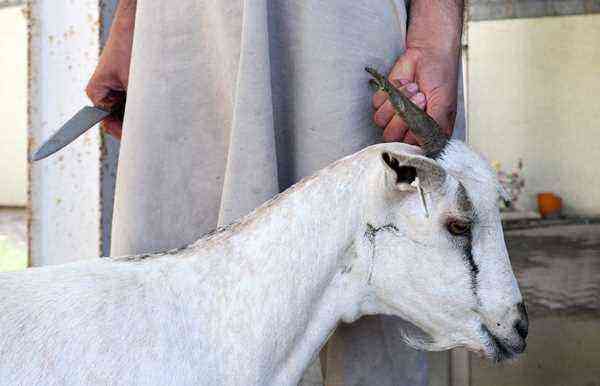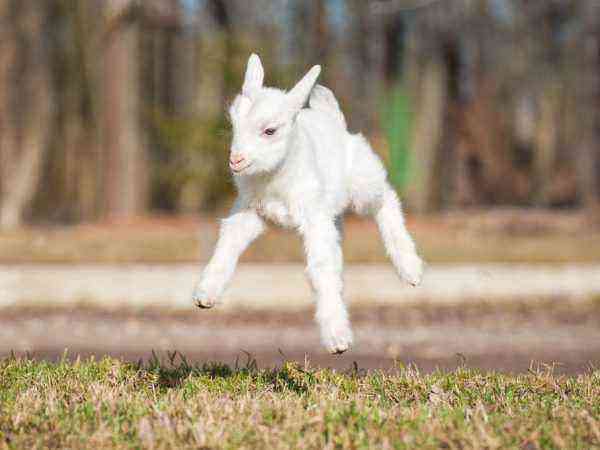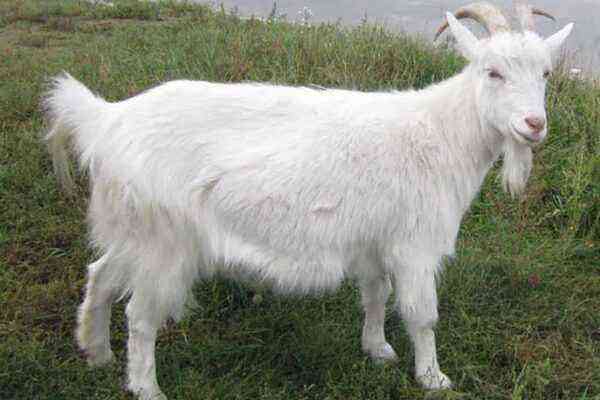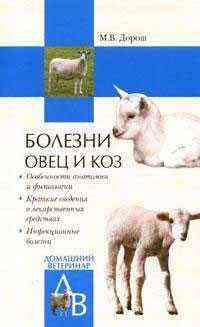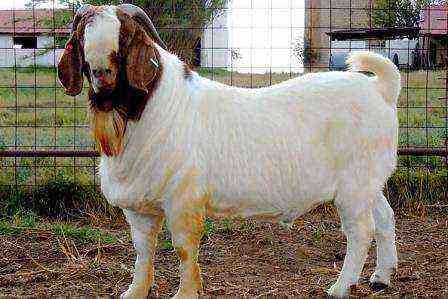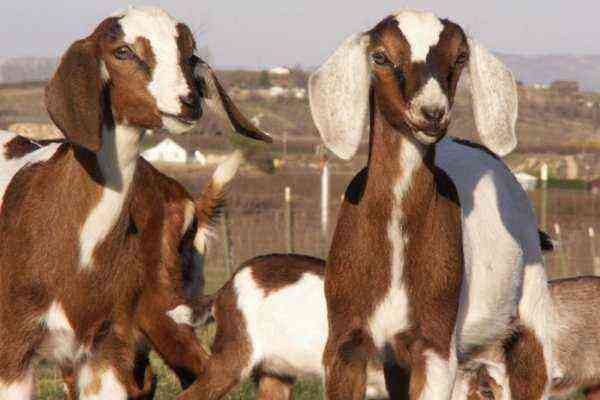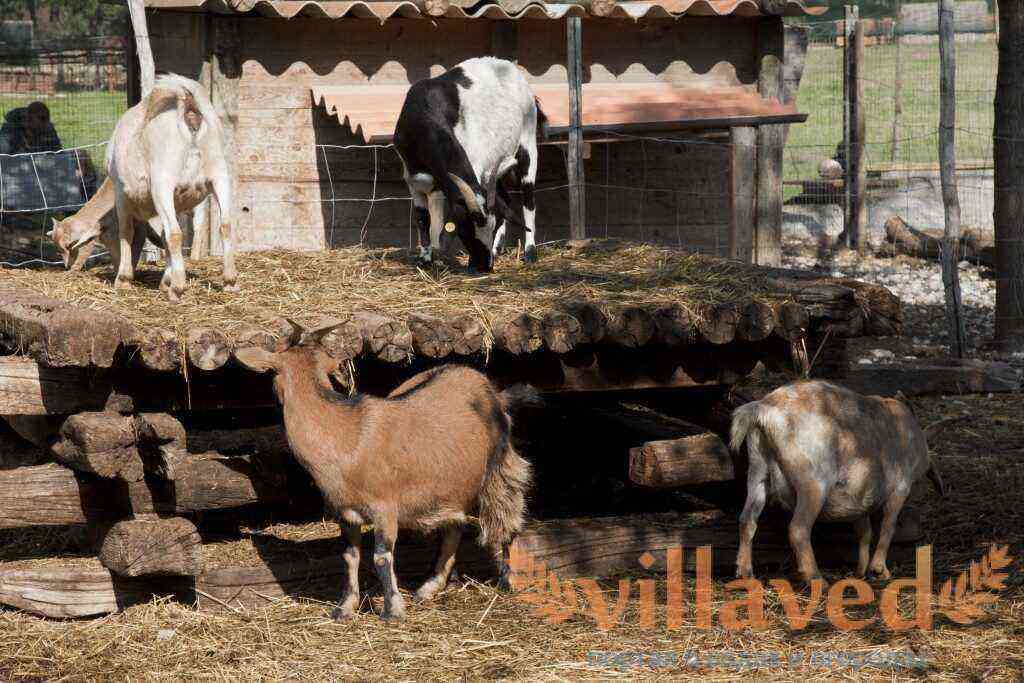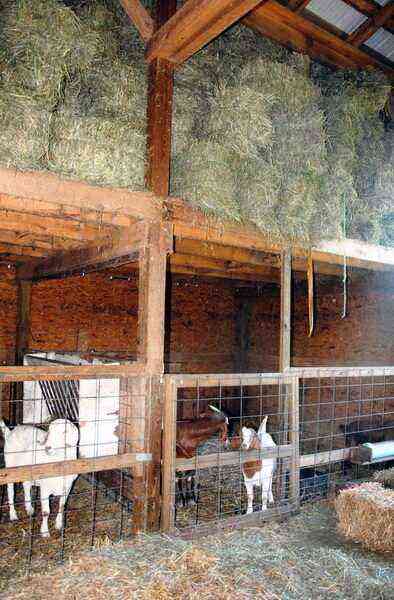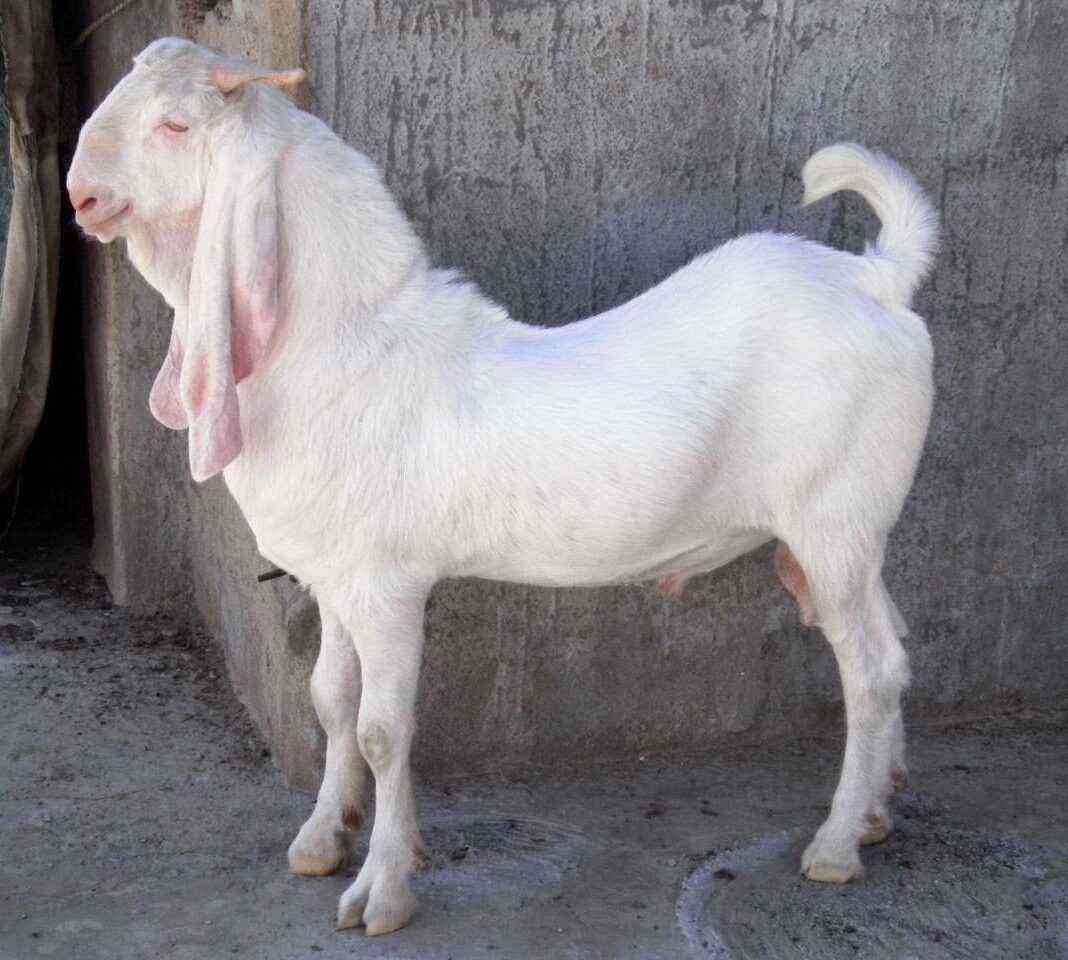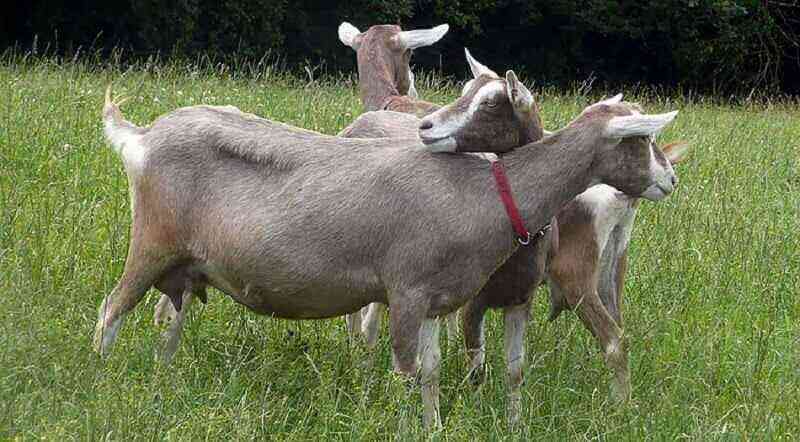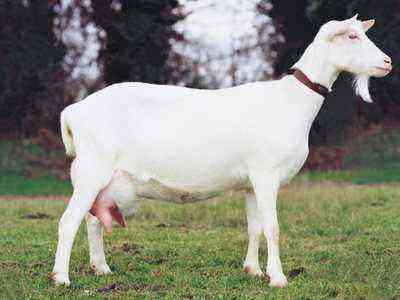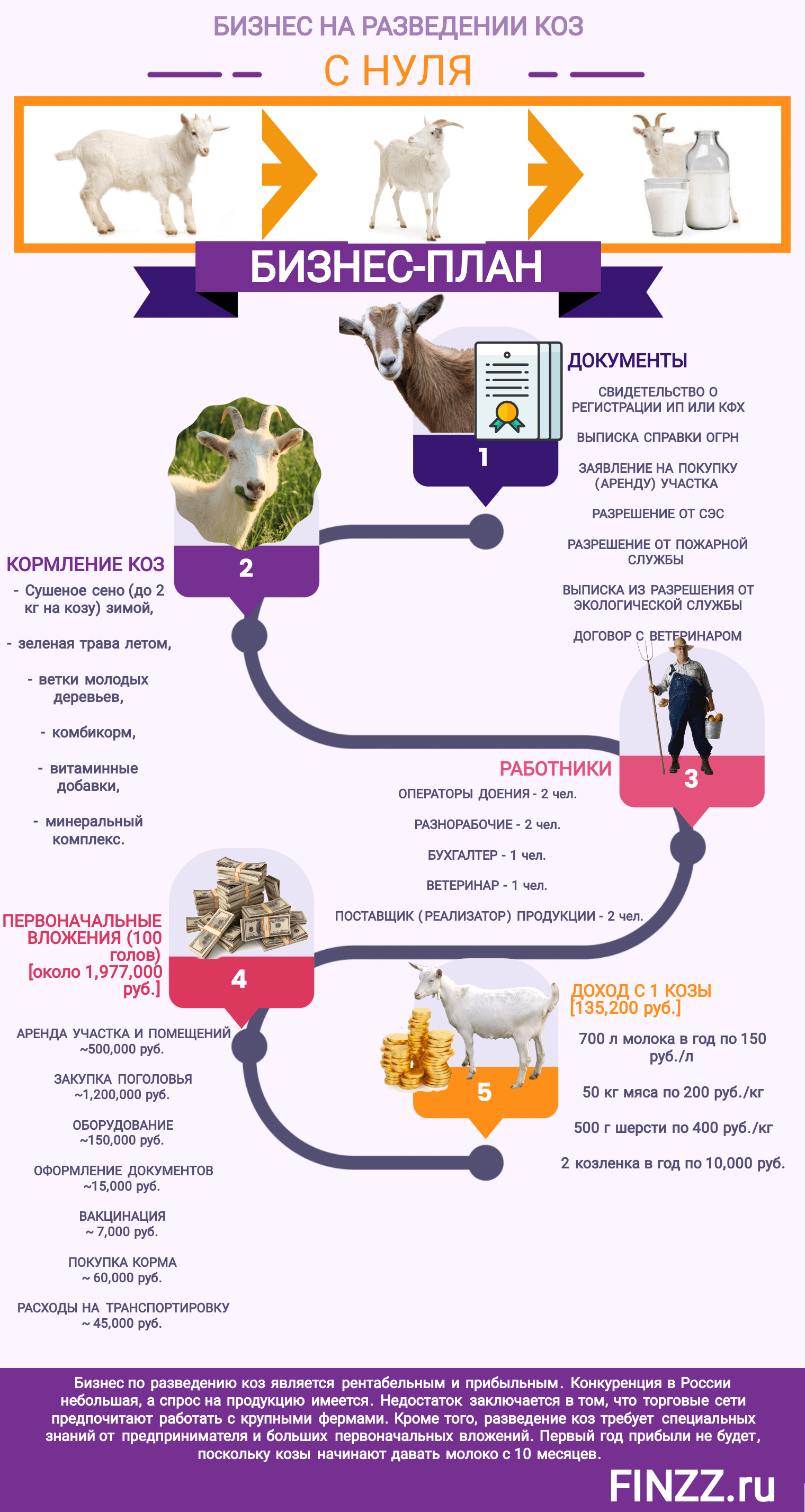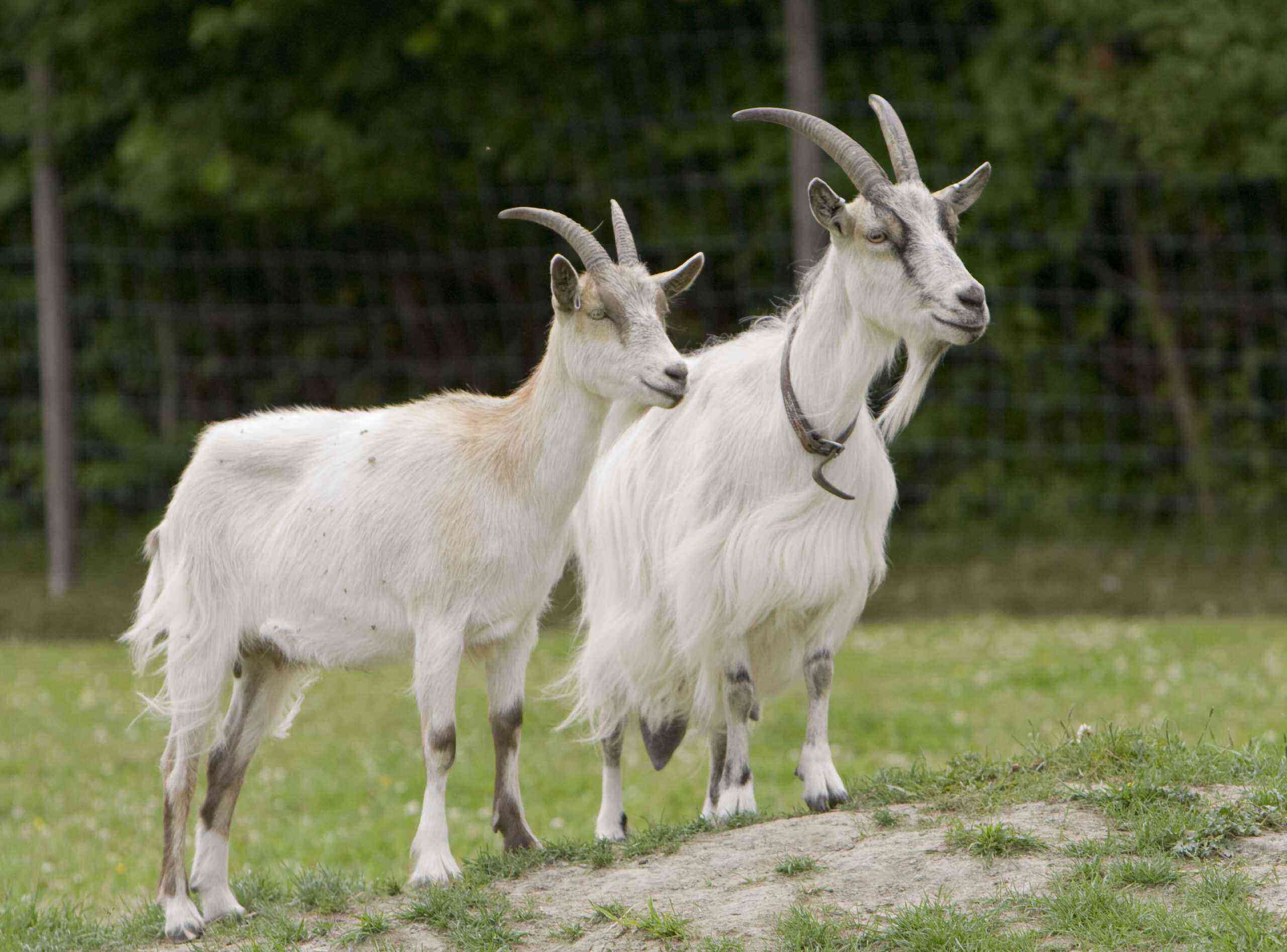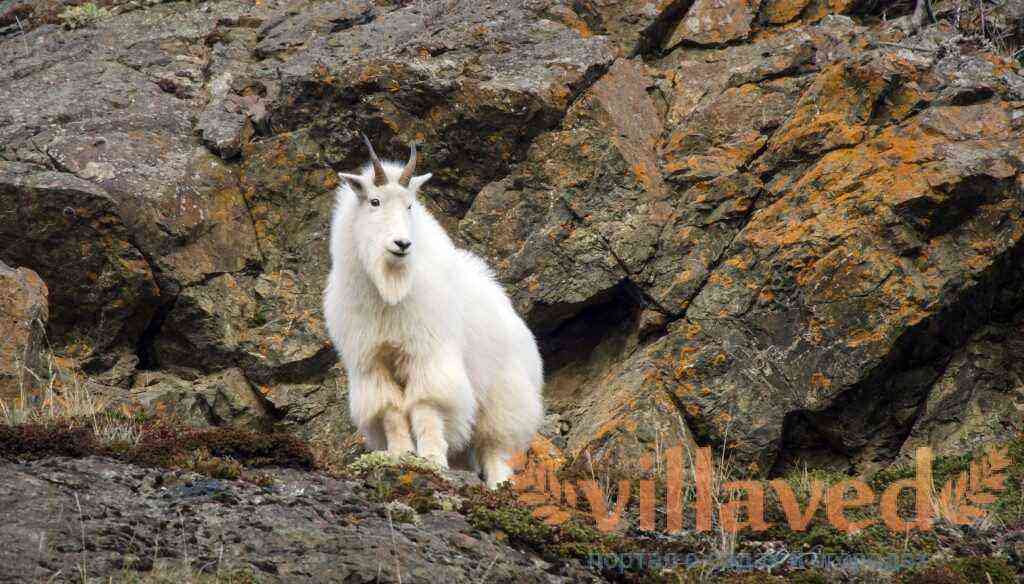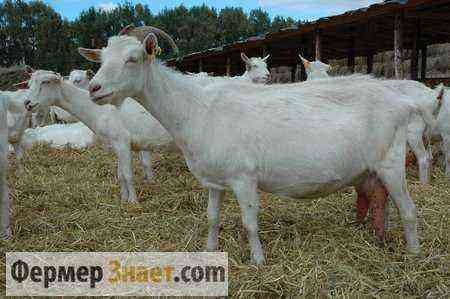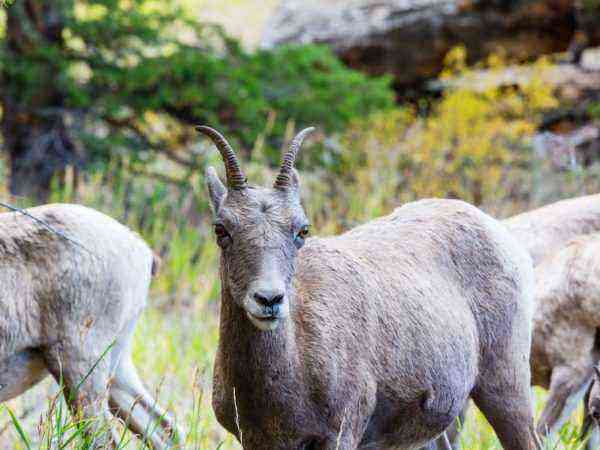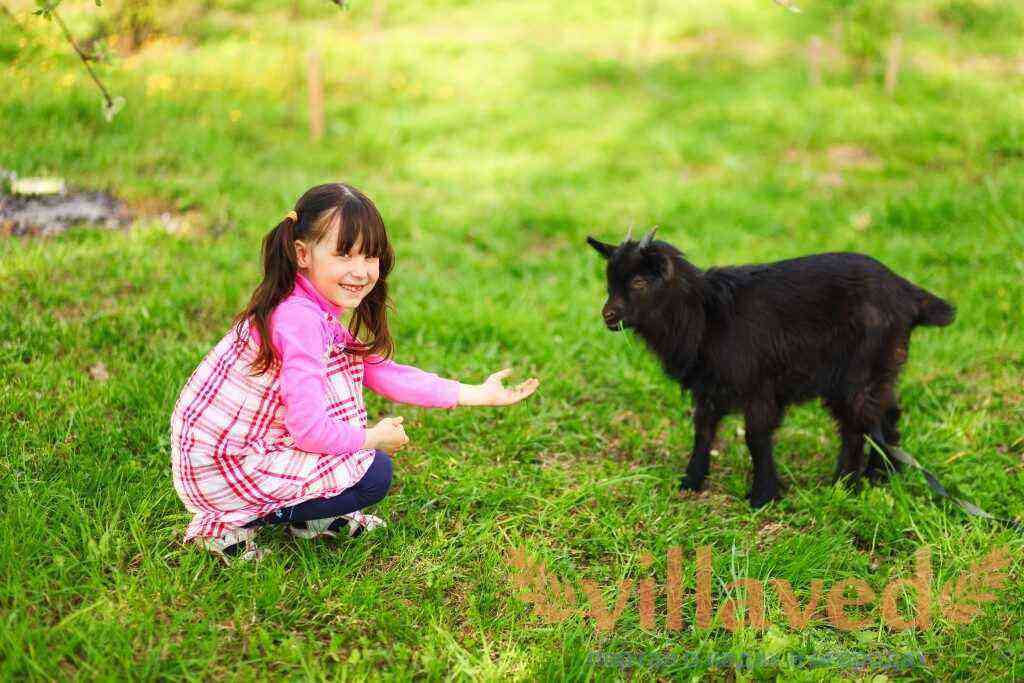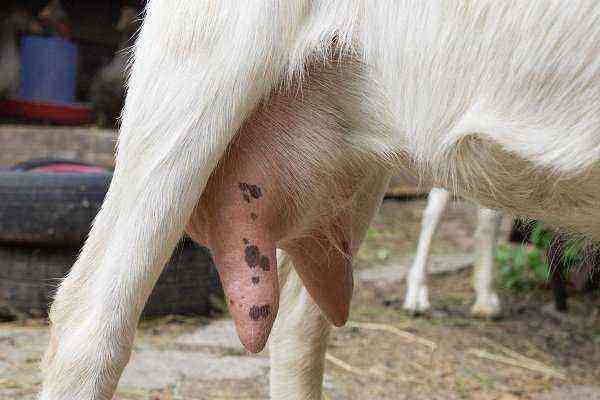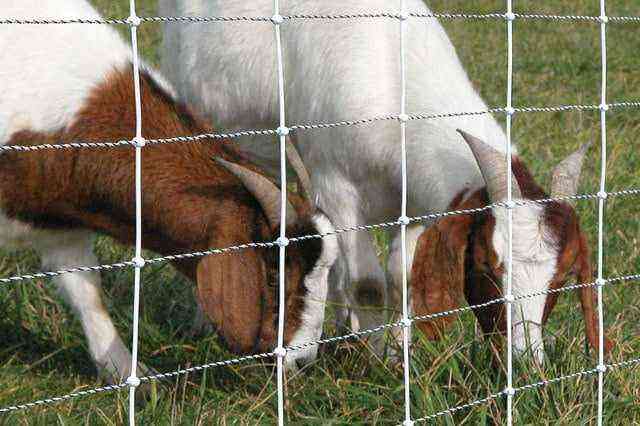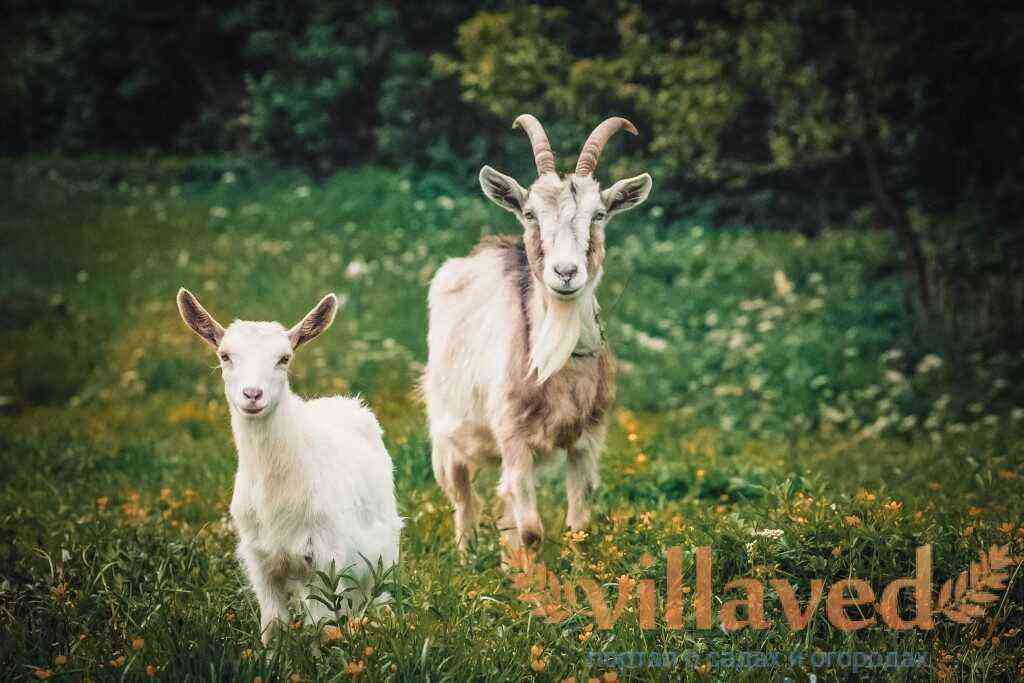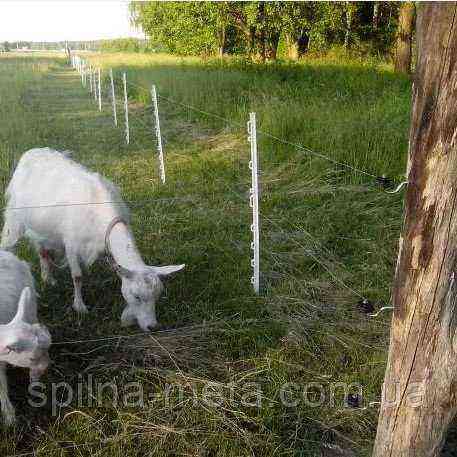Representatives of the ancient oriental goat breed, distinguished by grace and nobility – goats of the Shami breed.
Shami goats
The content of the article:
The appearance of the goat Shami
Shami goats are both large and slender animals, possessing grace due to their appearance.
A distinctive feature of animals is the woolen “coat” put on their body, which not only physiologically protects the body from cold temperatures and prevents overheating, but also gives originality.
- Males of the Shami goat breed can grow at the withers from 80 to 100 centimeters, female horned representatives reach sizes up to 80 – 85 centimeters.
- The weight of newborns is in the region of three to five kilograms. Upon reaching the age of four months, young males can weigh about 35 kilograms, goats gain weight up to 30 kilograms, while the average daily weight gain of the younger generation is about 200 – 300 grams.
- Adult individuals can weigh from 70 to 130 kilograms, which is typical for goats, or from 60 to 90 kilograms, typical for goats.
Shami goats have light-colored eyes, but standards allow other colors of the iris. Animals have long legs and an elongated neck. A peculiar zest is given by long ears located on a small head, which has a hook-nosed shape.
Descriptions of Shami goats are mentioned in Arabic literature of ancient times.
Productivity of the breed
In order to breed goats, Shami begins to be used when they reach a nine-month mark. The activity of male individuals for procreation has an intensity up to the age of two. By seven to nine months, female individuals are usually ready to bear offspring, gaining a weight of about 50 kilograms. The ability to reproduce is maintained in goats for six years.
For one lambing, which happens once a year, Shami goats bring two or three kids, in rare cases there are four cubs. The average productivity of Shami goats is up to 250 percent. Born kids are taken from their mother for self-feeding when they reach 45 days.
For a period of up to 300 days of lactation, the breed can produce from 650 liters to a ton of milk, the fat content of which is up to 4,5 percent. The average daily milk yield can reach up to five liters, record figures are about 9 liters per day.
Advantages of Shami
Representatives of the breed are sources of milk, meat and wool, which are turned on due to many qualities inherent in the breed.
- They are unpretentious in their content and, when provided with good feed, are able to produce a large volume of dairy products.
- Another positive feature in favor of their breeding in farm conditions is their excellent fertility and the ability to maintain it over a long period.
- Their friendly, easy-going nature has gained popularity among breeders who do not know the particular problems with keeping Shami goats.
- The breed is often used to develop new directions, as it has good productivity indicators. Shami representatives were used to cross with Anglo-Nubian goats, which were inherited with a hooked nose and long ears.
Features of choosing a breed for breeding
Today, representatives of the Shami breed appear on farms in the Middle East, including breeders from Israel and Cyprus, as well as in Palestine. These countries cooperate with each other in order to preserve the Shami goat population by passing on the standards inherent in the representatives.
With each new generation received, Shami’s milk characteristics improve – horned individuals have high milk yields. When choosing animals for breeding at home, goat breeders choose representatives that have the correct head shape according to the breed standard. It is believed that the cost of an individual with such an indicator is much higher than that which gives more milk yield.
To keep Shami, you do not need to create special conditions. This unpretentious animal is ready to endure different climatic conditions and calmly survives even with a meager feed ration.
